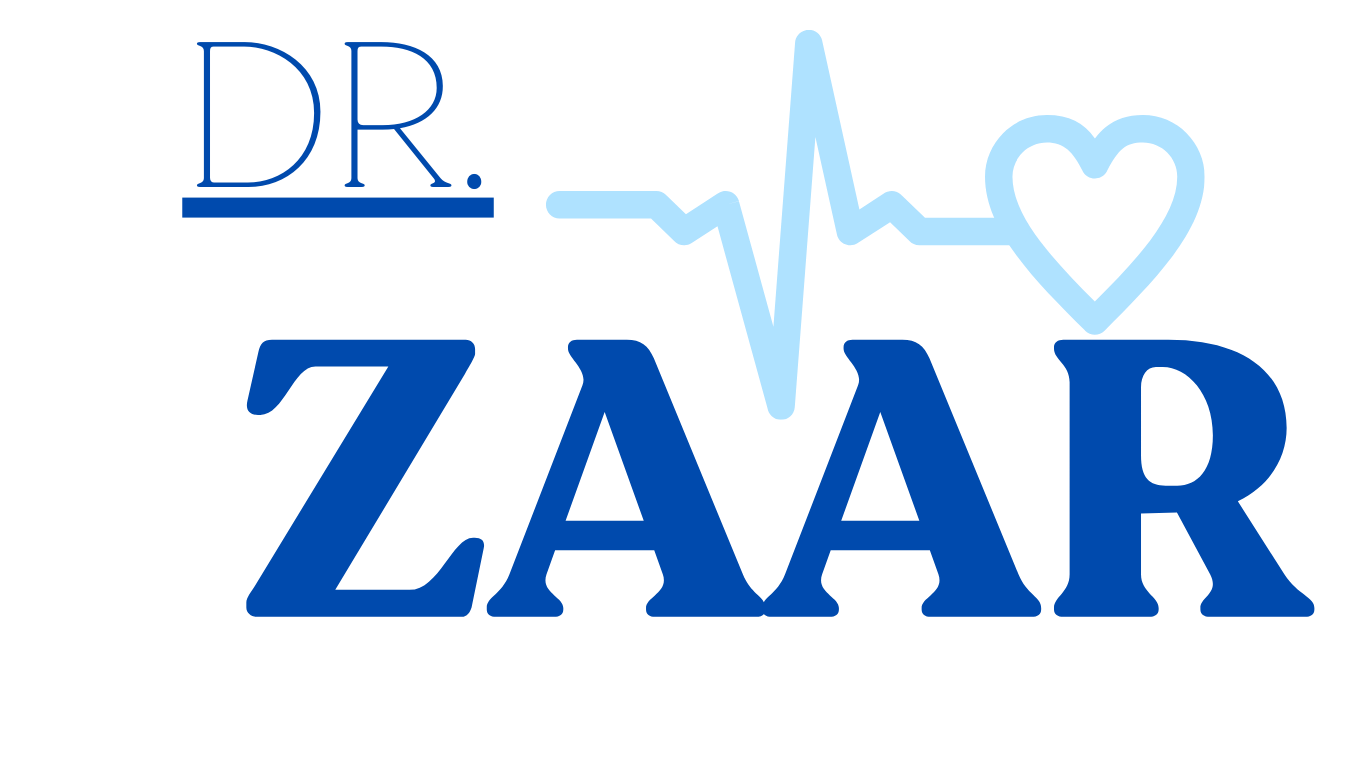The Interplay of Endothelin and PTH in Hyperparathyroidism
Case Study:
Patient Profile:
- Name: Emily
- Age: 55
- Gender: Female
- Medical History: Emily had a history of primary hyperparathyroidism (PHPT) diagnosed five years ago. She had undergone a parathyroidectomy to remove a benign adenoma, but her symptoms persisted despite the surgery.
- Presenting Complaints: Emily experienced persistent symptoms, including fatigue, muscle weakness, bone pain, and hypertension, despite the parathyroidectomy. Her calcium and PTH levels remained elevated.
Case Presentation:
Emily, a 55-year-old woman, had been living with the consequences of primary hyperparathyroidism for several years. She had previously undergone a parathyroidectomy to remove a benign parathyroid adenoma, a common cause of PHPT. However, her symptoms did not improve, and subsequent laboratory tests continued to reveal elevated calcium and PTH levels.
Initial Assessment:
Emily’s endocrinologist recognized the complexity of her case and conducted a thorough evaluation:
- Laboratory Tests: Blood tests confirmed persistently high levels of calcium and PTH, indicating that the PHPT had not resolved after the initial surgery. Additionally, endothelin-1 (ET-1) levels were measured and found to be elevated, suggesting a potential link between endothelin and Emily’s condition.
- Bone Density Scan: A bone density scan revealed significant osteopenia, a condition characterized by reduced bone density, placing Emily at increased risk of fractures.
- Cardiovascular Assessment: Hypertension was diagnosed, and further cardiovascular assessment revealed endothelial dysfunction, which raised concerns about cardiovascular complications.
- Kidney Function: Kidney function tests showed elevated serum creatinine levels, suggesting potential renal involvement.
Interactions Between Endothelin and PTH:
Recognizing the potential interactions between endothelin and PTH in the context of PHPT, Emily’s medical team pursued the following investigations:
- Endothelin Receptor Blockers: Given the elevated ET-1 levels and their potential contribution to hypertension and vascular dysfunction, Emily was prescribed endothelin receptor antagonists as an adjunctive therapy to manage her cardiovascular symptoms.
- PTH Management: Emily’s persistently elevated PTH levels were a concern. Further evaluation revealed the presence of another parathyroid adenoma that had been missed during the initial surgery. A second parathyroidectomy was performed to address this issue.
- Renal Assessment: Kidney function was closely monitored, and interventions to manage hypercalcemia and protect renal function were initiated.
Outcome:
Following the second parathyroidectomy and the addition of endothelin receptor antagonists to her treatment regimen, Emily experienced significant improvements in her health:
- Normalization of Calcium and PTH: Emily’s calcium and PTH levels returned to within the normal range after the successful removal of the second adenoma.
- Cardiovascular Improvement: Her blood pressure stabilized, and endothelial function improved with the administration of endothelin receptor antagonists.
- Bone Health: Emily received bisphosphonate therapy to address her osteopenia and reduce the risk of fractures.
- Renal Function: Close monitoring and interventions helped preserve her kidney function.
Conclusion:
This case study highlights the intricate interplay between endothelin and PTH in the context of primary hyperparathyroidism. Emily’s persistent symptoms and biochemical abnormalities, including elevated ET-1 levels, underscored the complexity of her condition. A multidisciplinary approach, involving endocrinologists, nephrologists, and cardiologists, allowed for comprehensive care that addressed both the primary hormonal disorder and the potential cardiovascular, skeletal, and renal complications associated with hyperparathyroidism. Further research in this area is essential to better understand the interactions between endothelin and PTH in hyperparathyroidism and to optimize treatment strategies for affected individuals.
“Parathormone’s Pivotal Role in Hyperparathyroidism: Unraveling the Hormonal Imbalance
The Estrogen Rollercoaster and Anxiety
Case Study: Sarah’s Story Sarah, a vibrant 32-year-old graphic designer, had always been known for her bubbly personality and infectious.
Read MoreEstrone’s Footprint in Cognitive Decline and.
As the twilight years paint our lives with silver, whispers of a different kind emerge – whispers of forgetting, of.
Read More